The iPhone 7 and iPhone 7 Plus Review: Iterating on a Flagship
by Joshua Ho & Brandon Chester on October 10, 2016 8:00 AM EST- Posted in
- Smartphones
- Apple
- Mobile
- iOS
- iOS 10
- iPhone 7
- iPhone 7 Plus
Final Words
Although this initial review is supposed to be just the basics, over the course of the review we’ve learned quite a bit about the iPhone 7 and 7 Plus. These findings aren’t necessarily going to excite those that are interested in the deep-dive aspects that we’ve come to expect from a review – and for you we have a seperate deep-dive to come – but for someone that wants to know whether this phone is worth buying this should be enough to arrive at a decision one way or another.
Starting with the design of the device, it’s obvious that this is not a huge change from the iPhone 6s but it is a noticeable change nonetheless. The iPhone 7 is probably most similar to the iPhone 6s, but even so the changes to the design are significant enough that you can tell that it isn’t the same thing. The changed camera surround helps to acknowledge that the phone does in fact have a camera hump, and the rearranged antenna lines help to reduce the visual impact and in general they’re just less obvious. The design also has no obvious details that aren’t aligned or centered in some shape or form, which isn’t the case for a number of major Android designs on the market that have been widely praised for their beautiful design. If you really care about design though, this is probably going to be a flat release because it’s still quite similar to an iPhone 6s. The jet black finish is the one exception, which makes the phone look like a monolith as the display, antenna lines, and aluminum unibody all have nearly identical texture and colors which makes for a neat effect while retaining the ability to use tempered glass screen protectors.
The displays of the iPhone 7 and 7 Plus are impressive, but they do have some drawbacks. It looks like all units are now individually calibrated and have a much more neutral white point which is great to see. iOS remains the only relevant mobile OS with proper color management, and is miles ahead of Android in this regard which has no concept of multiple color spaces. This allows for wide gamut displays to be used properly which is a huge win and great to see. Brightness also sees a significant bump across the board which helps to improve outdoor visibility. However, the iPhone 7 is still at the same effective pixel density as the iPhone 4. While it’s not unusable by any means, you don’t need to have amazing vision to see the difference between 326 PPI and the 400-500 PPI of most Android devices and the iPhone Plus line. I think this is probably one of the last few generations where LCD will be reasonable on a high-end smartphone, and if Apple insists on sticking with LCD for the next generation, at minimum True Tone and advanced AR coatings are going to become mandatory to avoid turning this aspect of the iPhone into a potential negative.
When it comes to performance, the iPhone 7 and 7 Plus are industry-leading. It’s common to see people claiming that the iPhone has “less specs” than the competition, but it’s simply not the case and hasn’t been for a few generations now. The A10 Fusion’s Hurricane CPU core is ahead of literally everything else when looking at single threaded performance, and to the extent that two of these CPU cores is enough to remain competitive in multithreaded performance against quad core CPUs used in other SoCs. GPU performance is almost on par with the A9X used in the iPad Pro 9.7 in some cases which is a testament to the systems development team at Apple considering that the system TDP of a 10” tablet is on the order of about 5 watts while a 5” smartphone is closer to 2-3 watts. The fast flash memory at this point is nothing new but still impressive and helps to make the phone feel fast.
What makes the performance of the iPhone 7 and 7 Plus even more impressive is how that performance doesn’t compromise battery life. The iPhone 7 Plus manages to be competitive with devices that have batteries 25% larger while handily outperforming them. The iPhone 7 actually manages to pull ahead of the Android competition by a significant margin which is quite a feat considering how it’s one of the last smartphones on the market that is actually usable in one hand. Making a small phone that isn’t brick-like while maintaining class-leading battery life requires serious engineering effort in both man and material, and it’s impressive that Apple has been able to pull it off. The one major issue here is the charge time, which remains on the high side for both the iPhone 7 and 7 Plus. Apple should really be shipping a higher power charger considering how we’ve seen battery capacity go up by something like 50% since the 5W charger was introduced. If charge time matters to you, spring for an iPad charger.
Looking at the camera, the iPhone 7 finally gets OIS and the results are obvious in low light. Performance is roughly comparable to the Galaxy S7 and iPhone 6s Plus, but the improvements in image processing and optics mean that there’s less noise in low light which is really impressive considering how incredibly noisy the RAW output is. The iPhone 7 Plus’ second camera isn’t necessarily useful in low light, but in daytime it’s obvious just how much detail it brings to the table as pretty much nothing else currently on the market offers anything similar, and otherwise we'd have to go back to the Lumia 1020 or something similar. I would say that the iPhone 7 and 7 Plus could both use a bump in sensor size to really be the best in all situations, but as-is they’re the most well-rounded for stills even if the HTC 10 can definitely produce better images in a number of scenarios. In video capture there’s almost no competition when the competition can’t produce video without obvious macroblocking and some really obvious oversaturation. The HTC 10 does get close, but only in 1080p30 video. The second camera of the iPhone 7 Plus remains valuable here as well, but the lack of OIS and narrower aperture limits the scenarios where it can be used meaningfully.
On the software side of the experience, iOS 10 works well, but it’s obvious that some bugfixes are in order. Some UI performance issues can pop up here and there, and there are some strange animation bugs, but there’s nothing here that’s nearly at the level of most Android devices. Other than the basics, the new features like the haptic home button and stereo audio work quite well. The solid state home button does require some getting used to but after adjusting it works just like you’d expect. The only real difference is that the button doesn’t work unless your bare finger is touching it instead of being purely force sensitive. Stereo speakers like the HTC 10 are nice, but like the HTC 10 the use of a traditional earpiece for speaker output leads to a somewhat harsh-sounding result as high frequencies are directed directly at you while low frequencies go out the side of the phone.
You might notice at this point that we’ve completely recapped the review without a single mention of the deletion of the 3.5mm headphone jack, and that’s mostly because I think removing it doesn’t really matter after spending some time with AirPods, which really do remove a huge number of friction points from the user experience in a way that I didn’t even think about. I’m not a fan of the EarPod level of isolation and sound quality, but everything else about AirPods has been revelatory about how many friction points in the user experience of headphones that I had overlooked. The removal of the headphone jack also means additional internal volume for battery, an improved haptic feedback linear actuator, OIS/second camera, and effective water resistance without the use of nanocoatings on the board. The analog port might be a dealbreaker for some users – and even within AnandTech not everyone is onboard with the change – but I suspect that wireless solutions or the lightning to 3.5mm adapter are enough that most people aren't going to miss it enough to pass on the iPhone.
At the start of this review I said it was important to consider perspective because at the end of the day, I use Android devices. Doing the iPhone 7 and 7 Plus review is important, but also deeply disillusioning. With the iPhone 6s review I showed a number of clear and present issues in Android devices relative to the iPhone, and these issues continue to appear time and time again. More than ever it’s obvious to me that most companies in the Android ecosystem don’t really care about the details as an organization.
It’s been 3 years at this point since the iPhone 5s brought a desktop-class CPU to a mobile SoC, and Apple continues to stand alone when it comes to high-end SoCs. SoC vendors lack the incentives to actually bring anything that can compete with Apple’s SoCs to market because OEMs by and large are content to advertise simplistic specs that don’t really have any connection to user experience. Whether it's SoCs with clock speeds that are practically impossible to reach due to TDP limits, IP blocks that are visibly (and visually) broken, or compromised cameras with huge sensors but not much else.
AirPods, more than anything, are emblematic of this divide that I’m seeing more and more. It’s incredibly easy to keep including the headphone jack because that’s what users say they want. It’s also easy to write off this decision as plainly obvious. It’s hard to actually think about the user experience of the headphone jack and to design wireless earbuds that don't have all of the friction points that we've come to expect.
This sort of divide is something that I’ve seen time and time again with something as simple as proper video stabilization, post-processing, encode quality, and a whole host of other issues present in Android devices that continue to be glossed over and ignored in the broader discourse, which leads to a self-perpetuating cycle. There are a few OEMs that do care, but the major players that can actually put the engineering effort into making a change don’t really have any interest in anything other than shipping something that gets close enough for government work.
Overall, I think that if there’s any phone that is worth 650-750 USD at its base, it’s the iPhone 7 and 7 Plus. If you’re upgrading from the iPhone 6s Plus you probably won’t find a ton of differences, but it’s still a significant step up in display, camera, speaker quality, battery life, and system performance. There are some software bugs and minor performance issues, but there’s nothing that really stands out as a showstopper and these issues are due to be fixed within the coming weeks. The iPhone might not excite like smartphones once did, but the amount of attention to detail and execution in the hardware is unparalleled and a cut above anything else in the industry.


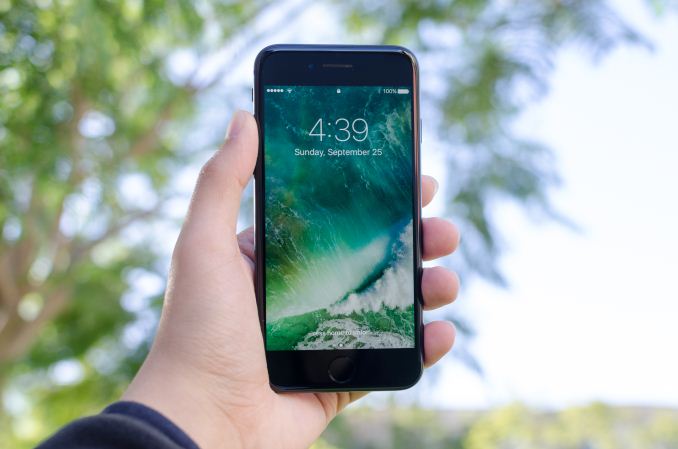

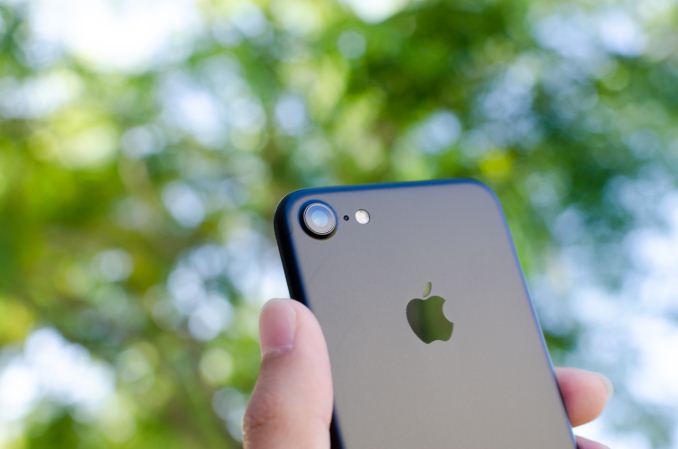
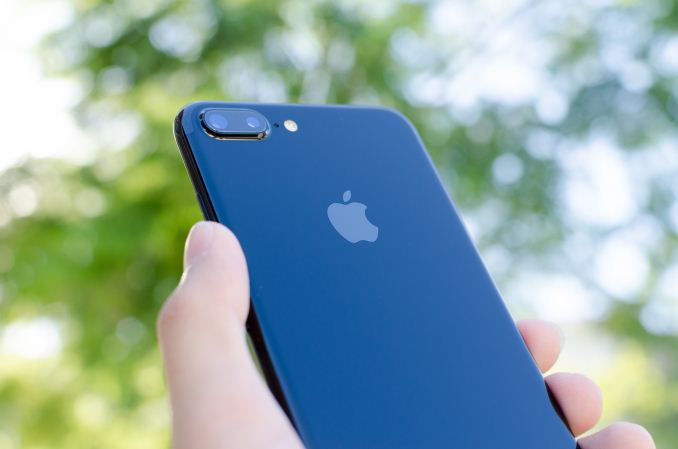
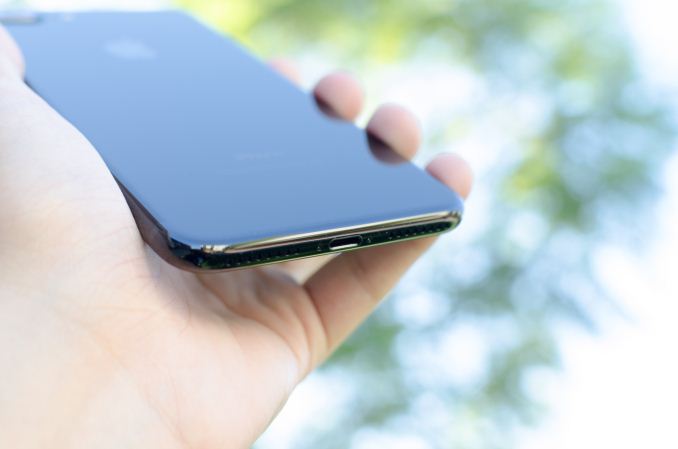
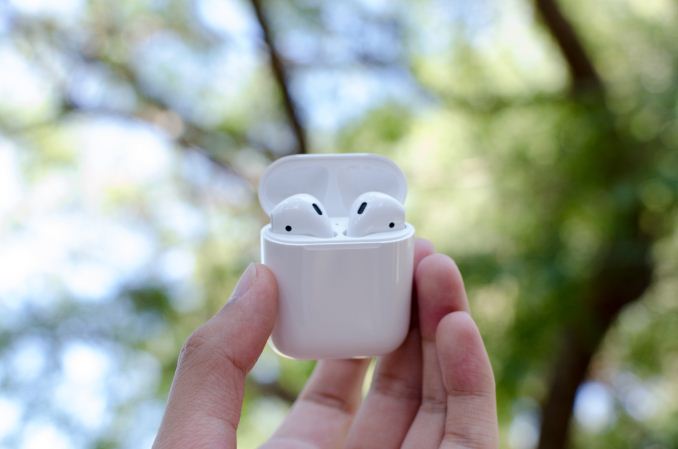
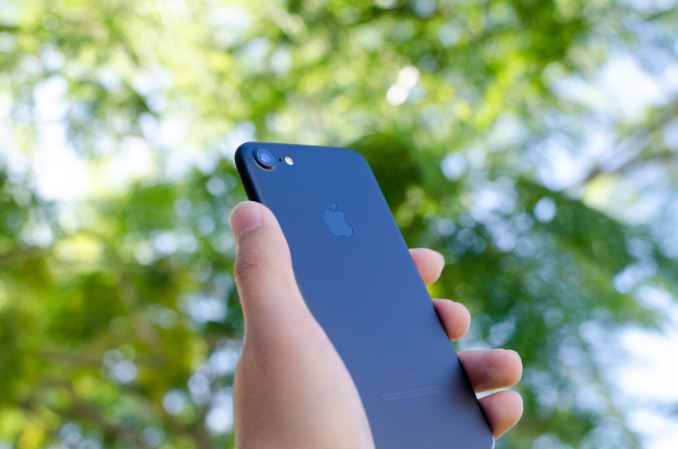
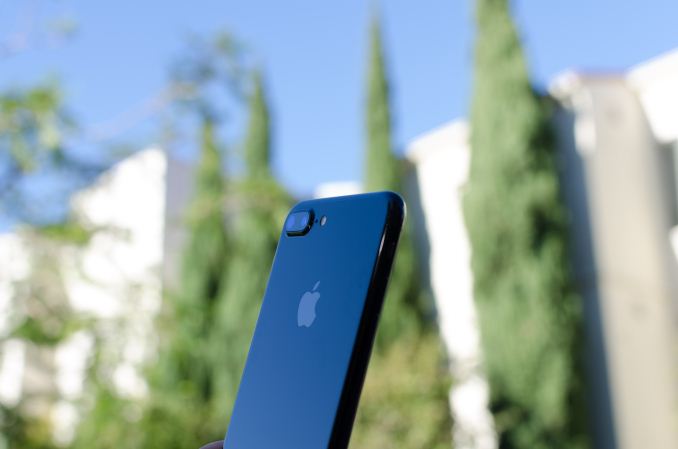








377 Comments
View All Comments
Fidelator - Monday, October 17, 2016 - link
Though it is worth noting that android OEMs really need better SoCs, for 4 product cycles Apple's SoCs have been vastly superior and nearly unmatched in most scenarios, with the 820 Qualcomm seems to have gone back to the right route but it's performance still leaves a lot of room for improvementMadaMadaDesu - Thursday, October 20, 2016 - link
"you could argue that the camera on the G5 provides superior, unmatched detail because it fits way more in the frame than any other camera providing more content and therefore more detail about the situation."If what you say is true, all professional photographers and others need is a single ultrawide lens? Why then, would the pros, especially a sports photographer, need a small army of super-telephotos that sometimes cost more than $10,000 each? Hey, just snap with an ultra wide, you captured way more!
Except sometimes you want a close up of a single ball player, not a picture of the 50,000 people in the stadium.
uceejay - Wednesday, October 19, 2016 - link
How much time it takes to charge iPhone 7 and 7 plus with 12W iPad adapter?tipoo - Wednesday, October 19, 2016 - link
What size iPhone did you test? GSMArena showed for one that the 128GB model is much faster, and two that the 32GB model is much slower at writeshttp://www.gsmarena.com/the_32gb_iphone_7_plus_use...
Harry_Wild - Monday, October 24, 2016 - link
Read most of the comments and it appears that the iPhone 7 is selling well based on the out of stock data! Just because it not technologically the best does not mean people have gave up buying it! It is a luxury item and most buyers do not think about it in theses terms. They just want it at Apple prices!bw13121 - Sunday, October 30, 2016 - link
I'm waiting for the Iphone 7 deep dive mentioned for release at the end of the month- that leaves today! Come on Anandtech, get this A10 dissecteddarwiniandude - Tuesday, November 1, 2016 - link
First page table is wrong in that the 56mm f2.8 is not OIShassanmm - Wednesday, November 9, 2016 - link
Brand new Original Apple iphone 7 and 7 plus cost 650usd with 1year warranty.Serious buyer should contant us.
Whatsapp CHAT or Call : +447405502988 or 00447405502988
Vanguy79 - Friday, November 18, 2016 - link
They can afford a deep dive for Google pixel phone but not for iPhone 7?douglerner - Saturday, November 19, 2016 - link
I find my new iPhone 7 Plus display noticeably dimmer and "dingier" than my iPhone 6 Plus display in all lighting situations. I went to exchange and the exchange unit was even dimmer. Currently Apple is "looking into it" and were supposed to get back to me by the end of the week. Generally I like the phone features and speed. But the fact the screen is not as advertised and is, in fact, dimmer than my iPhone 6 Plus irks me.You can see more details and my side-by-side photos at https://discussions.apple.com/thread/7744754